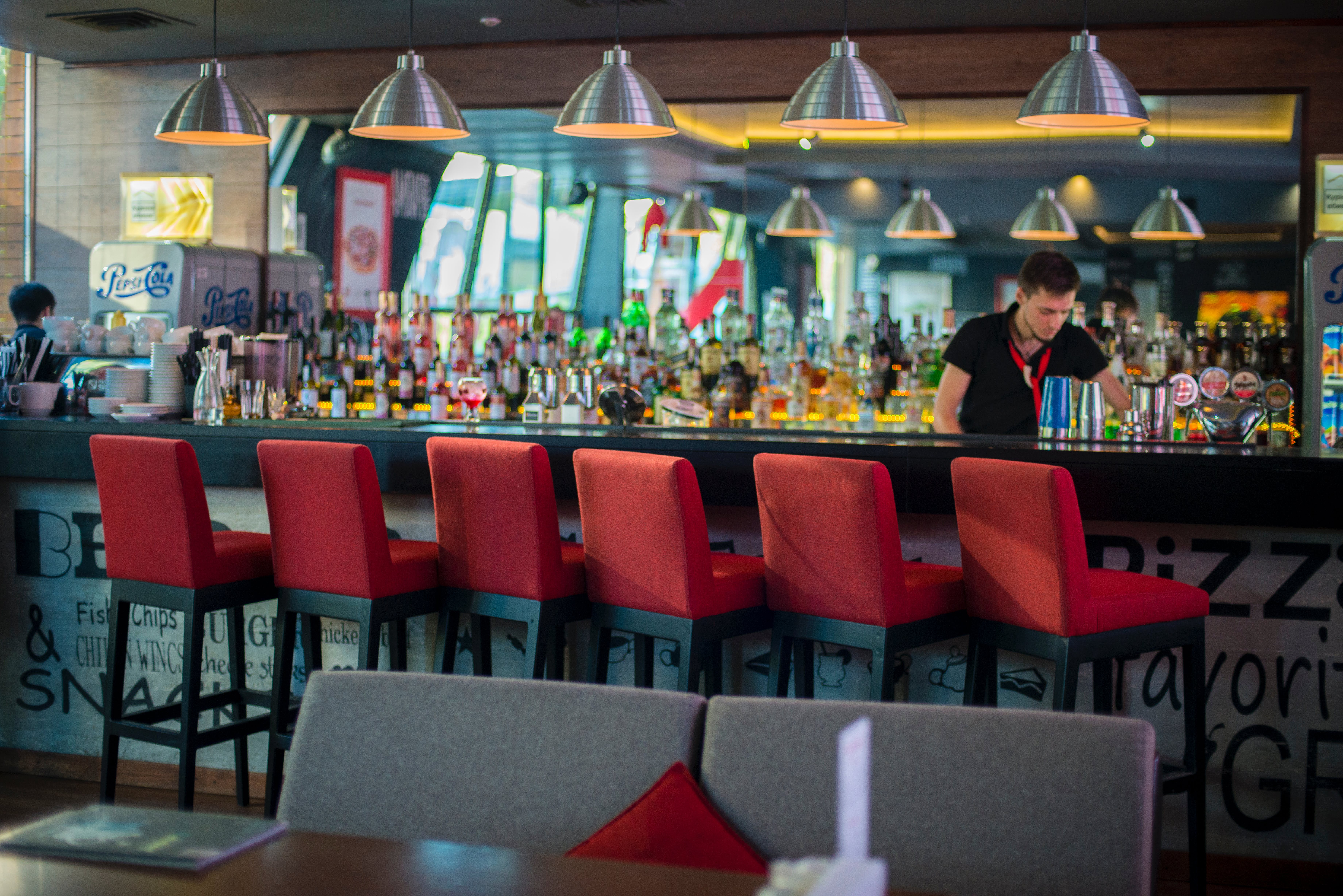The Psychology of Restaurant Design: How Space Influences Customer Behavior
January 30, 2024

The significance of a restaurant's design goes beyond mere aesthetics. It's an intricate play of psychology, where every element, from the layout to the lighting, plays a pivotal role in shaping customer experience and behavior.
Understanding the psychological impact of restaurant design is crucial in today's competitive dining landscape. It's about creating a visually appealing space and constructing an environment that resonates with the diners' emotions, encouraging them to linger, enjoy, and return.
Whether it's a cozy café or a high-end eatery, the design dictates the narrative of the customer's journey right from the moment they step in.
Let's explore the underlying principles that make restaurant design a powerful tool for crafting unforgettable dining experiences.
The Role of Ambiance in the Dining Experience
Ambiance is the heart and soul of a restaurant's appeal. The subtle blend of lighting, music, and décor creates an atmosphere of relaxation or energizing diners.
Owners want a well-thought-out ambiance that aligns with their restaurant's theme and target clientele seeking to escape the everyday and step into a unique experience. Soft, warm lighting might create a romantic or intimate setting.
At the same time, bright and vibrant lights can energize a fast-paced diner or café. The choice of music and its volume also play into the ambiance, setting the tempo for the dining experience.
Color Psychology in Restaurant Design
Colors profoundly impact our emotions and can significantly influence dining behavior.
For instance, red and yellow stimulate appetite, making them popular choices for fast-food and casual dining spaces. In contrast, blue, a rare color in natural foods, can suppress appetite and is less common in dining settings. However, it’s not uncommon to see lighter blues and aquas used in restaurants that are seafood-focused.
An experienced design company uses color psychology to create desired moods and responses, be it a calm, relaxed atmosphere with cool blues and greens or a vibrant, energetic vibe with bold reds and oranges.
Spatial Layout and Customer Comfort
The spatial layout of a restaurant is critical in ensuring customer comfort and optimizing the dining experience. An overcrowded space can feel chaotic and uncomfortable, while too much space can seem unwelcoming.
Designing layouts that balance privacy with sociability ensures ease of movement while maintaining an intimate setting. The arrangement of tables, the space between them, and the overall flow are carefully considered to maximize comfort and enhance the dining experience.
Sensory Engagement and Menu Presentation
Engaging customers' senses can significantly elevate the dining experience. This includes tactile elements like tableware and linens or natural surface tabletops, auditory aspects like the clink of glasses and music that compliments the theme, visual components such as food presentation and how tables and bar spaces are organized. Is the kitchen visible with a live fire grill? Even the smell of fresh food ingredients in the dining area or scents of sandalwood or cedarwood filling the restrooms add to an overall elevated experience.
Studies confirm the importance of sensory engagement and incorporating elements that delight the senses, making dining an immersive experience.
Cultural and Thematic Influences
A restaurant's theme can transport diners to different worlds - from a rustic Italian countryside to a sleek, modern Japanese eatery. Cultural and thematic designs create unique experiences and attract specific demographics.
Theming and incorporating cultural nuances ensures that every design element, from wall art to furniture, resonates with the desired theme.
Impact of Technology on Restaurant Design
The integration of technology in restaurant design is changing the dining experience. Smart, tech-driven design elements are increasingly incorporated, enhancing aesthetic appeal and operational efficiency.
From interactive digital menus to automated ordering systems, to tableside payment and receipt services, technology is streamlining service, allowing for a more personalized and engaging customer experience.
In some Asian-themed environments, the use of robots that deliver food to the table are becoming more of a trend. Innovations like intelligent lighting systems that adjust based on time of day and occupancy sensors for efficient space utilization are making restaurants more adaptable and energy-efficient.
These technological advancements cater to modern consumer preferences and open new avenues for creative design, making restaurants not just places to eat but dynamic, tech-savvy environments.
Wrapping it up
The role of design in shaping the dining experience is undeniable. A well-crafted restaurant design looks and feels good, creating an environment where customers enjoy spending time. Combining function and style ensures that restaurant spaces can be a comfortable and inviting place to eat and experience.
Are you looking to transform your restaurant space into a haven of comfort, style, and customer appeal? PURE Workplace is ready to bring your vision to reality and create the perfect dining environment for your customers.
Interested in creating a remarkable space that resonates with your customers more deeply? Reach out today at info@pureworkplace.com for a consultation about designing your restaurant space to connect with your audience.